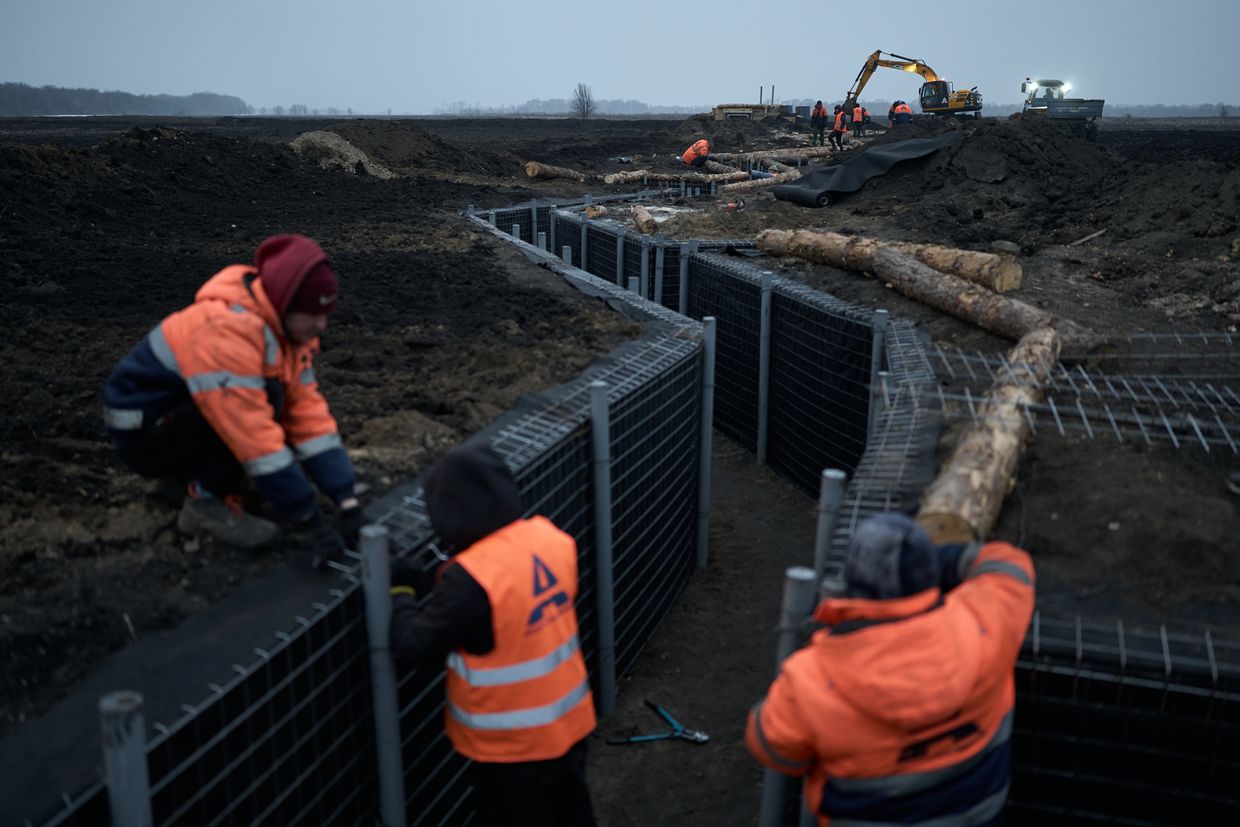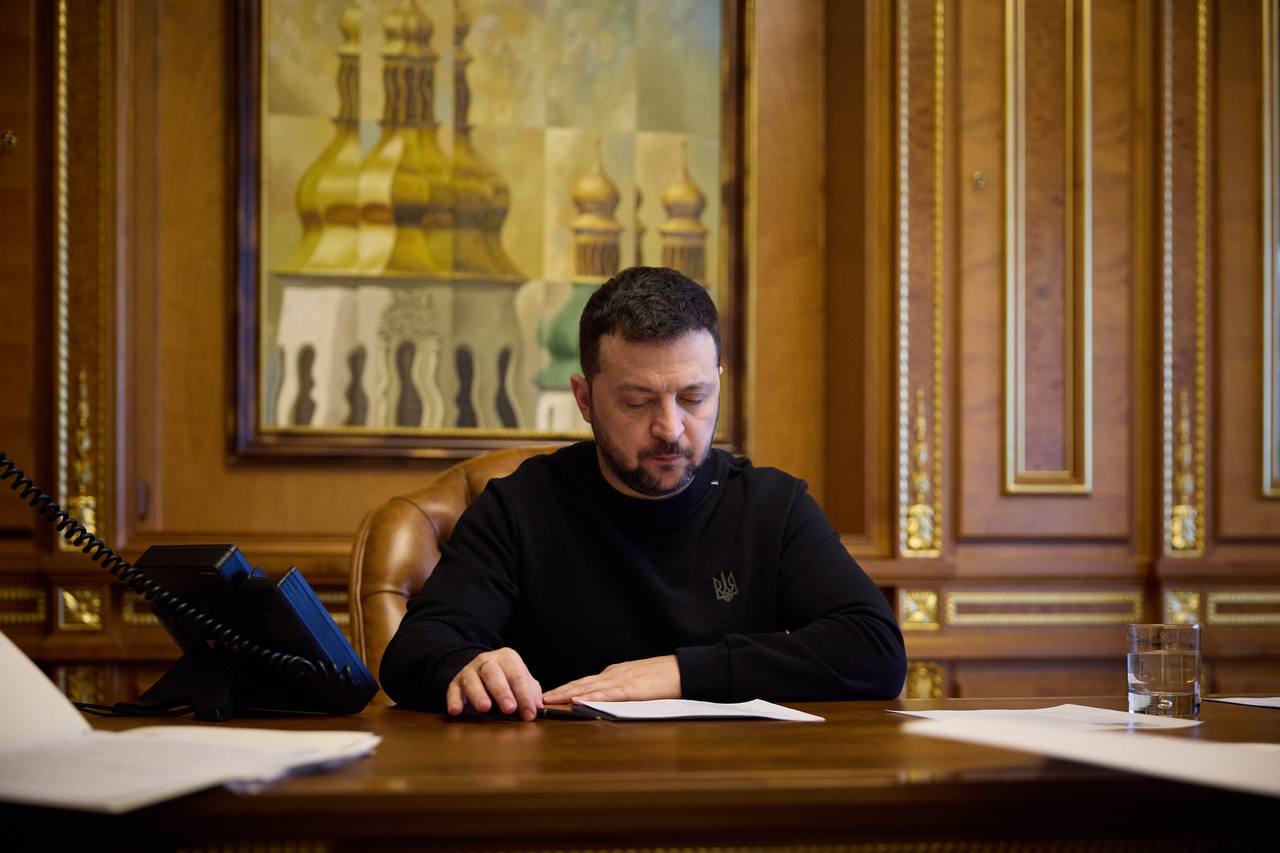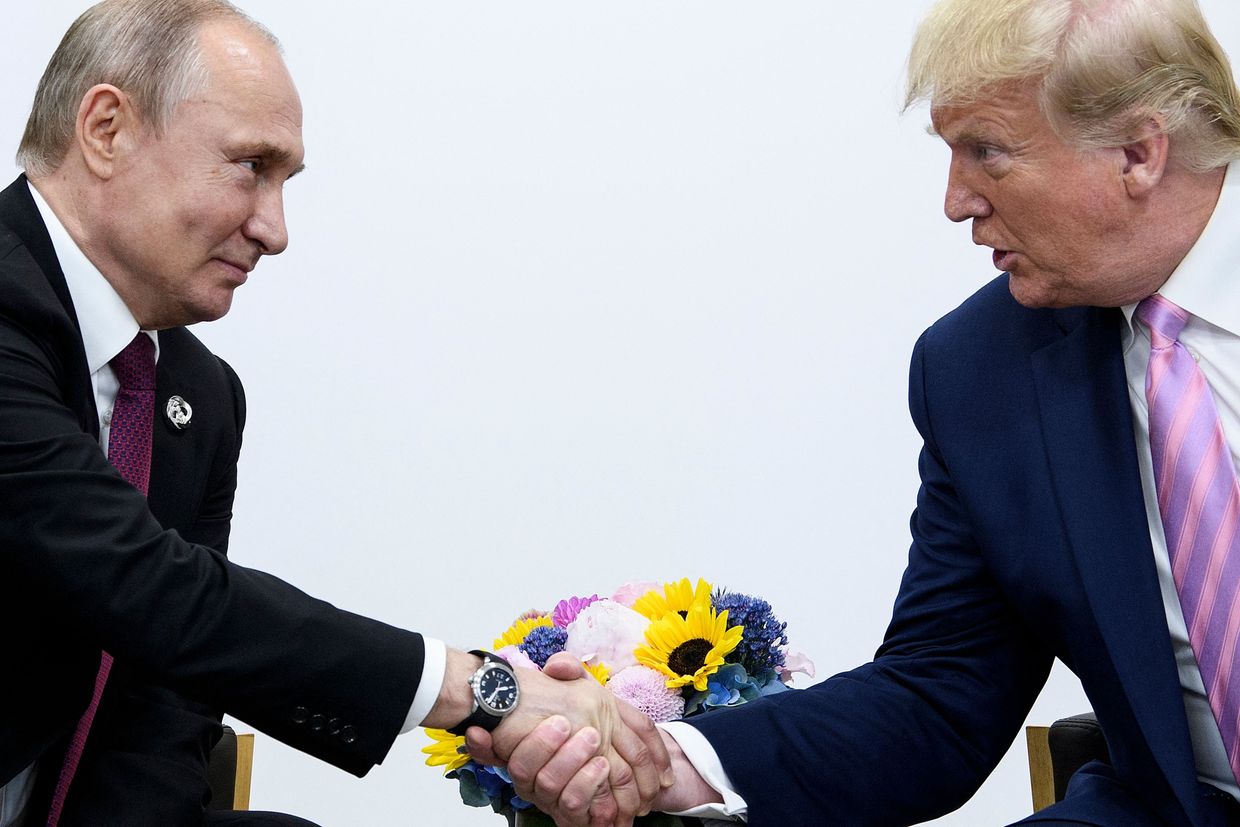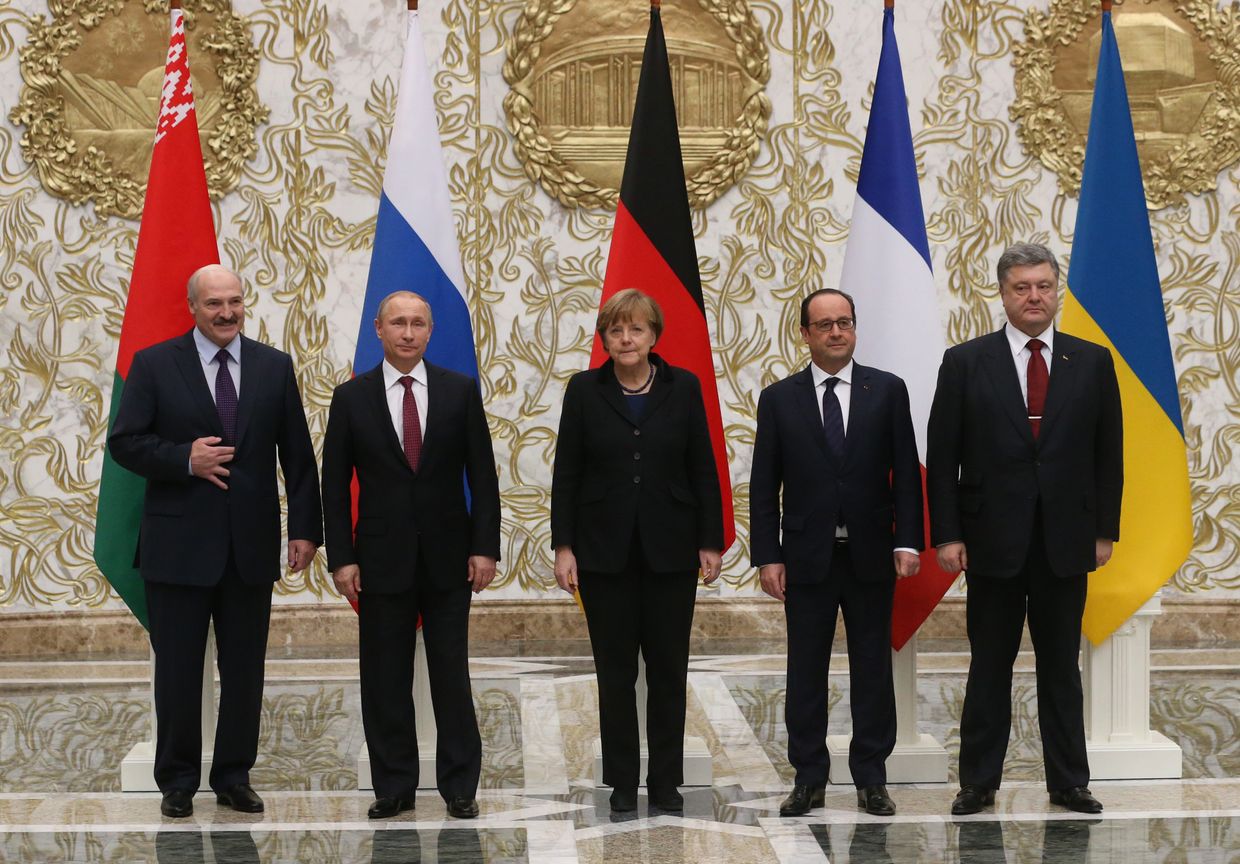Russia’s two-pronged assault in Kharkiv Oblast that began on May 10 is exploiting Ukraine’s troop shortage, forcing it to make difficult decisions about where to commit reserves.
Two weeks into the offensive, one group of Russian forces is already fighting in the streets of the town of Vovchansk about 70 kilometers away from the city of Kharkiv, while the other is trying to push toward the town of Lyptsi, just under two dozen kilometers away from the city.
The Kremlin has options for what it can try to accomplish in the area: depopulating Kharkiv, taking territory, and most importantly, getting Ukraine to commit reserves needed elsewhere.
So far, Russian troops seem at least partially successful with the latter two. Multiple border villages have reportedly been captured and some Ukrainian units have been moved in from outside Kharkiv to reinforce the defense of the region.
On top of Ukraine’s disadvantages in personnel and firepower, some of its fortifications appeared to have had a variety of weaknesses. Ukrainian troops in the area also failed to detect the buildup of the latest offensives ahead of time.
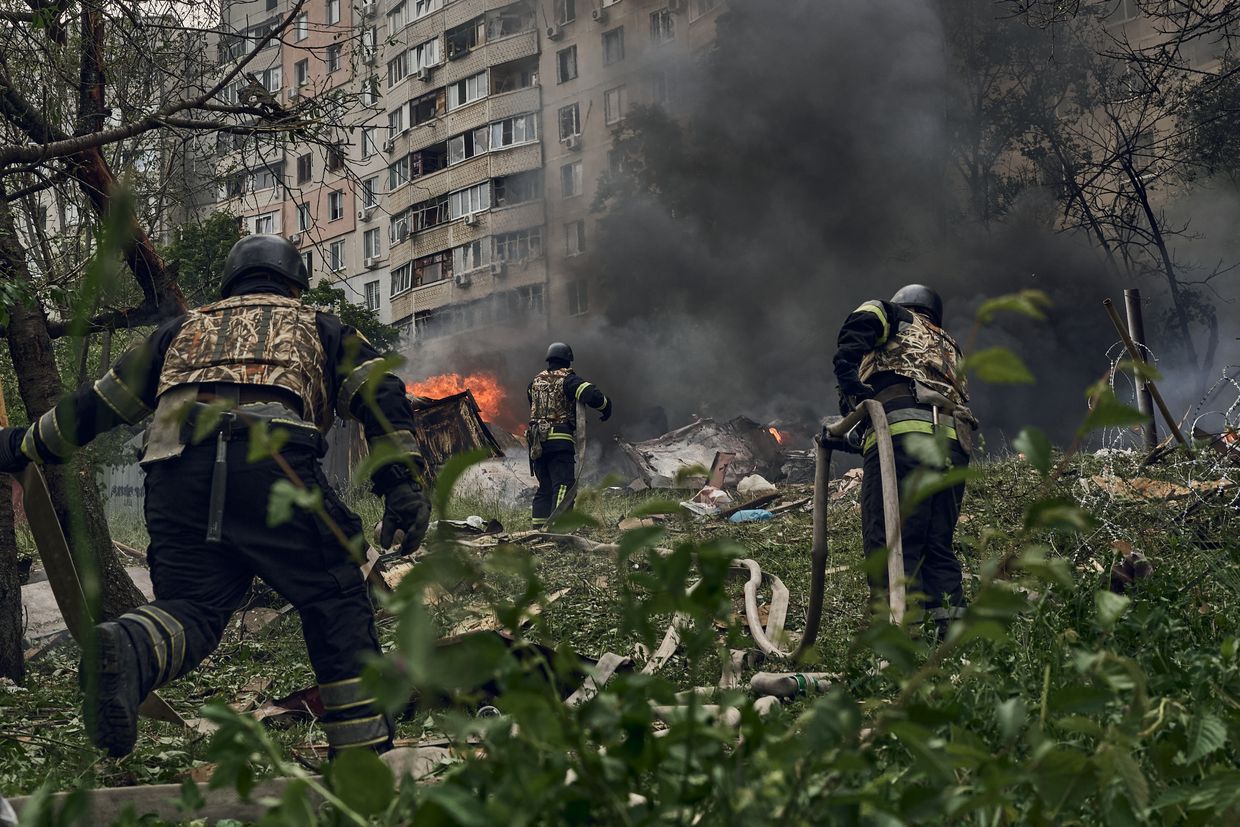
Forcing the defenders’ hand
Russian forces captured and then lost a lot of territory in Kharkiv Oblast in 2022 following the start of Russia’s full-scale invasion. Throughout 2023, they conducted major offensives in the Kupiansk district which achieved little except inflicting casualties on both sides.
Changing angles, after months of recon and buildup, Russian forces struck across the national border starting on May 10.
"They were seeing that the Ukrainian defenses were too robust (around Kupiansk), in a way. There was not a situation where Russia could advance significantly," Center for European Policy Analysis fellow Federico Borsari, who is based in D.C., told the Kyiv Independent.
"The Kremlin decided to change the direction of the attack from eastern Kupiansk to directly against Kharkiv from the Russian border."
The size and ferocity of the assault prompted fears that Russia could try and lay siege to Kharkiv. Experts who spoke to the Kyiv Independent agree the Russian forces are not strong enough to take the city, but they don’t actually have to.
If they get close enough, they can just keep shelling Kharkiv to drive out the residents and destroy businesses and infrastructure, depriving the Ukrainian state the revenue it desperately needs from its second-largest city. The closer they get to Kharkiv the less notice Ukraine has of a future attack, requiring even more forces to defend the city.
The experts watching agree that stretching Ukraine’s defenses is the main point of the Kharkiv Oblast operation.

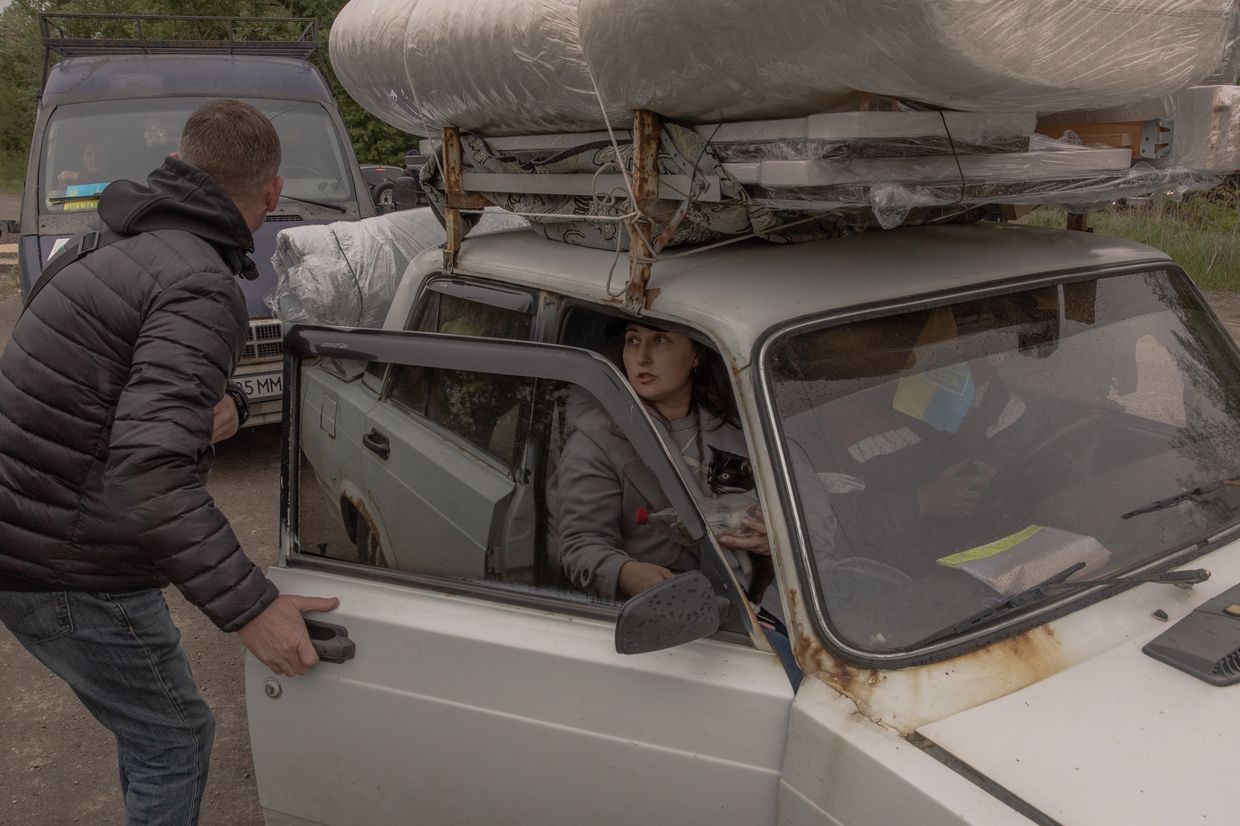
“We’re being stretched like a bowstring,” Ivan Stupak, a government adviser who used to serve with the Security Service of Ukraine, told the Kyiv Independent. “We’re getting buried in the south around Robotyne. They’re attacking in Kharkiv and Sumy.”
Russia may be hoping that if Ukrainian troops become sufficiently stretched, “the string would pop, and everything would fall apart.”
For Russian forces, this appears to be working. Rob Lee, Foreign Policy Research Institute's senior fellow, noted that Ukraine has moved units from Zaporizhzhia and Donetsk oblasts to reinforce the defense of Kharkiv, making it easier for the enemy to advance in those directions.
"Russia might open up another front," Lee told the Kyiv Independent "There are a few directions (from which) to force Ukraine to pull forces."
“From the looks of it, and judging how even high-ranking Ukrainians (for example, military intelligence chief Kyrylo Budanov) are talking about it, Ukraine is doing everything to fulfill Russian operational intent,” said Pasi Paroinen of the Finland-based freelance OSINT collective Black Bird Group, which studies satellite imagery of the shifting front lines.
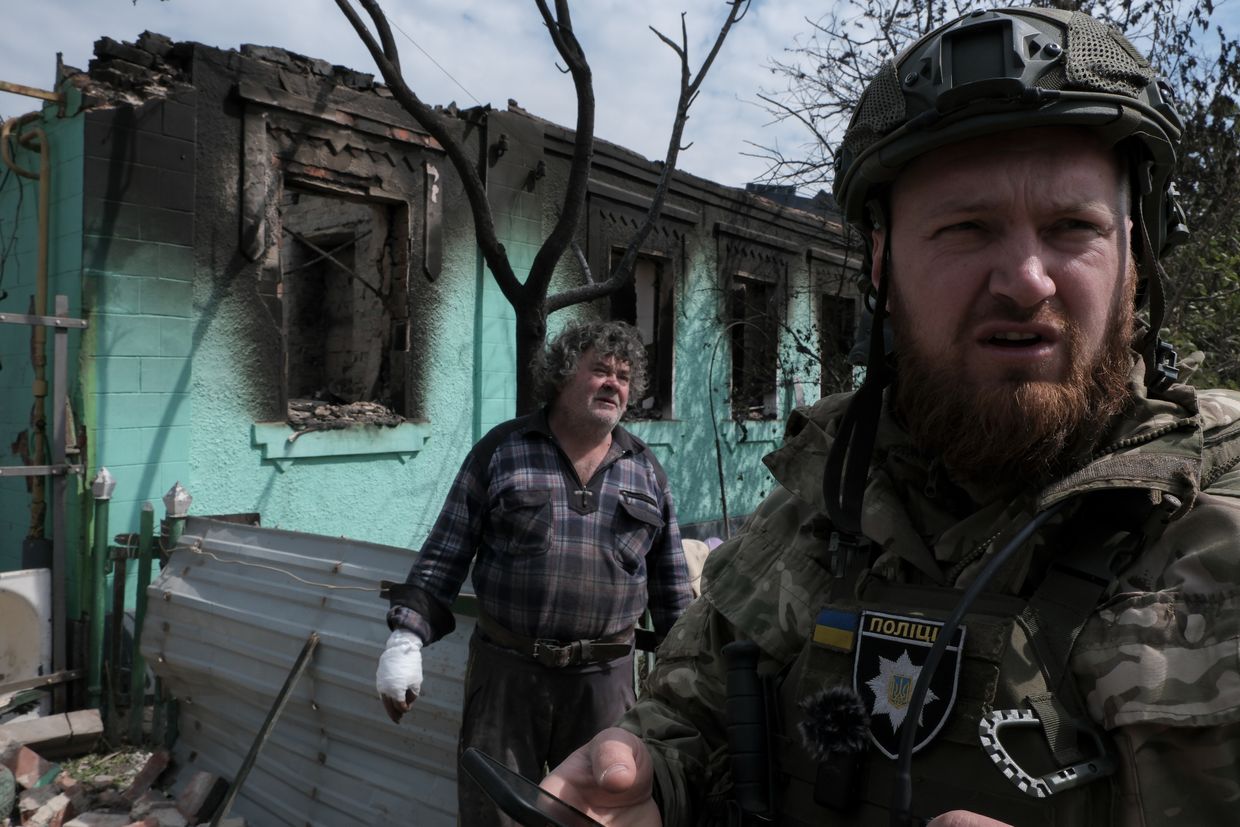
“The Armed Forces of Ukraine (AFU) knows it’s a fixing action, the AFU knew the time and place it would happen (to a certain degree). And the AFU is still finding itself in a situation where it is forced to do pretty much what the Russians want from this operation.”
How many reserves Ukraine has isn’t open information. Budanov has written that the reserves are exhausted, but his intentions and available information are not a matter of public record.
Blame game
Public pressure in response to the loss of territory makes it “quite likely that AFU will launch costly counterattacks… which will drain the limited reserves even further,” Paroinen said.
“There is lots of scapegoating and blame game going on right now: who was responsible for what,” he said. “Since there seems to be little trust towards the AFU right now… the loss of border villages was interpreted as complete lack of preparation.”
From the information that has been made public, the offensive appeared to catch Ukrainian units in the area by surprise, even though Ukraine knew something like this would be coming in May or June.
According to Borsari, Ukraine knew that Russian special forces were doing thorough reconnaissance of the area. Military analyst Kostiantyn Mashovets has been writing about the buildup for weeks.
Kevliuk, the analyst with the Center for Defense Strategies, wrote that Russian troops had been gathering troops and equipment into Russia’s Kursk Oblast, then sneaking them into Belgorod Oblast all throughout April. This was a clear preparation for an offensive, according to observers.
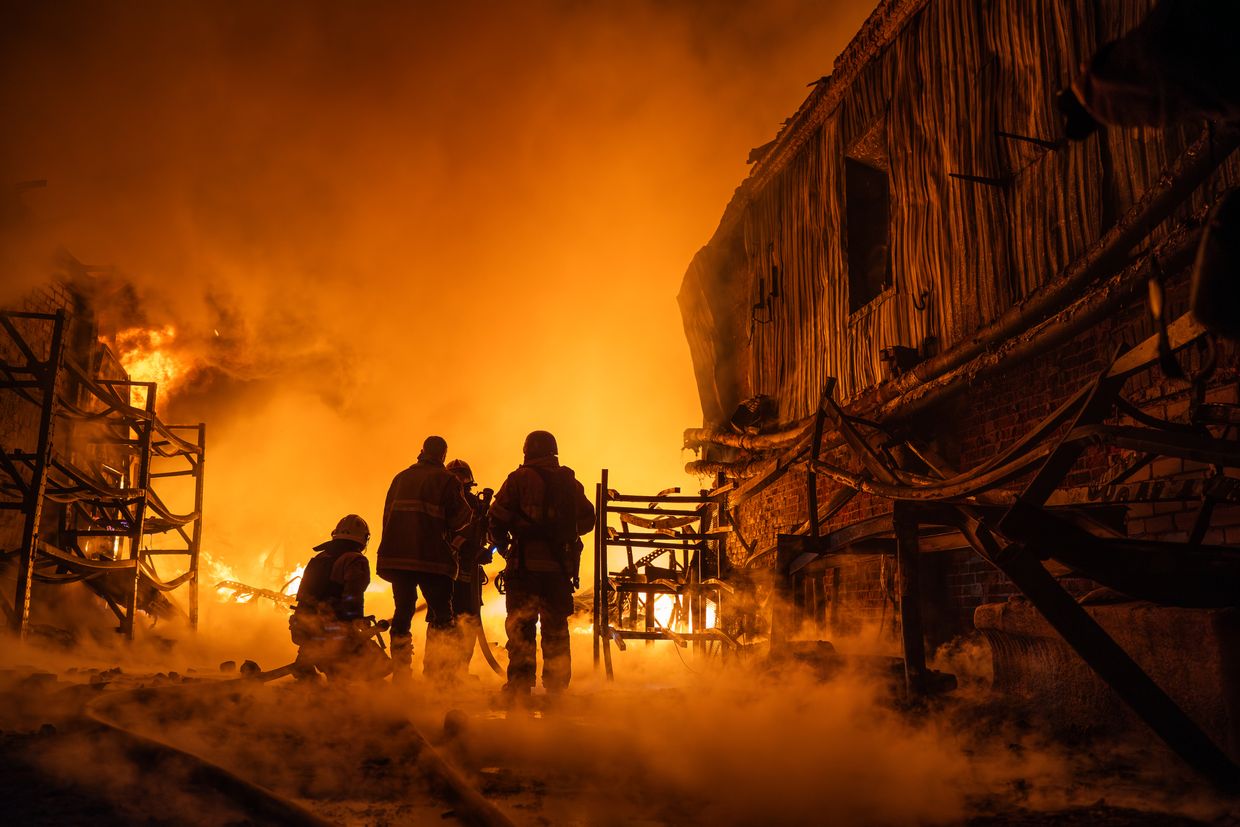
Exactly why Ukrainian troops either missed or failed to react to a buildup isn't clear. Stupak, the government adviser, said some defenders were counting on being able to easily spot evidence of any buildup in advance, to the point where they missed more subtle evidence.
Lee and Borsari said this is another indication of just how understaffed the Ukrainians are. Units, sometimes less experienced ones, are forced to pay attention to too many things at the same time. This includes enemy detection and border fortifications.
Questionable fortifications
Different sections of Ukraine’s fortifications had a variety of different issues, starting with the timing of their construction.
“I think one of the key problems with fortifications is that their construction was simply started too late,” Borsari said.
“Ukraine has been trying to rush them during the spring, but I would say, the effort is at least six months too late to achieve anything like what the Russians had by the summer of 2023.”
He said the Russian units knew that the defenses around Kharkiv Oblast were less dense than in some other regions. And as recent reporting by the Kyiv Independent and other news has shown, Kharkiv isn’t the only region with poor or delayed fortifications. Borsari and other experts agree: this is a problem across the entire front.
“The regional governments say ‘These are lies, this is a psyop.’ Okay, but then why are the soldiers saying it?” Stupak said.
“Soldiers are dying over there. There’s nothing there. Even if some of them are exaggerating, why did the General Staff say we have to pull back? Where are these fortifications?”
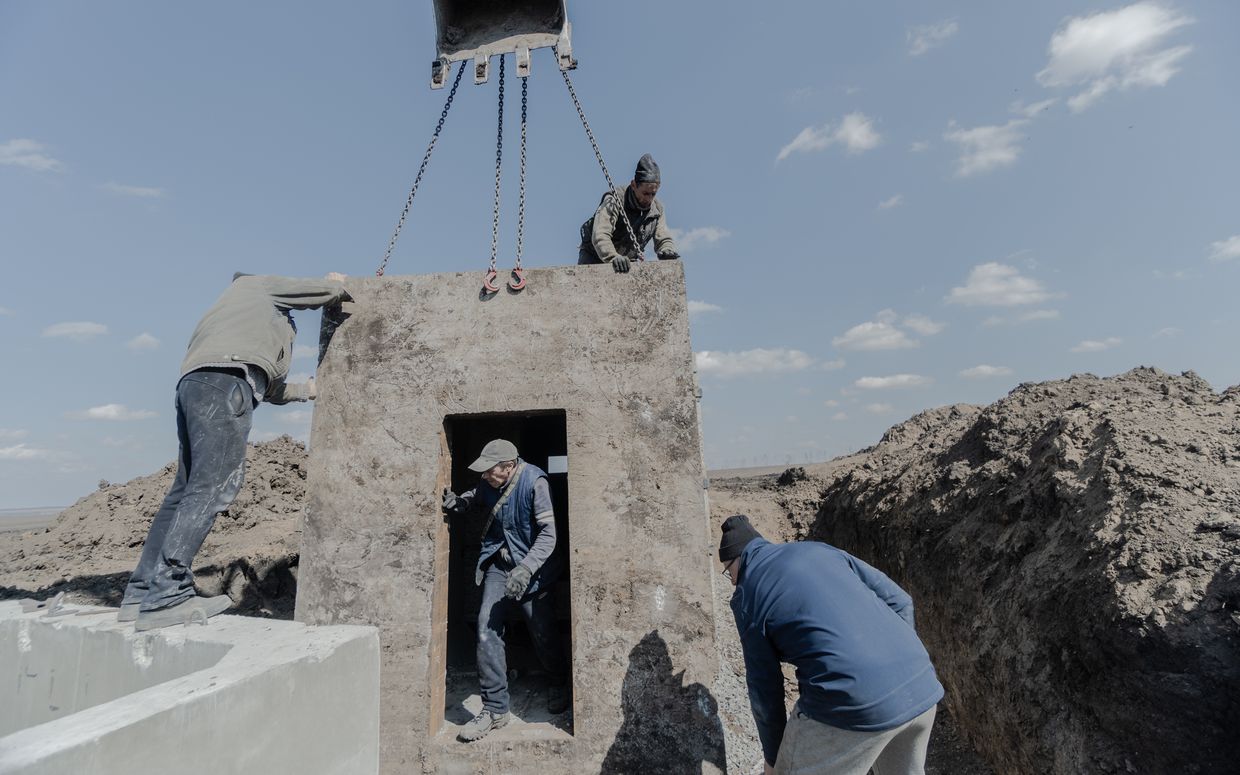
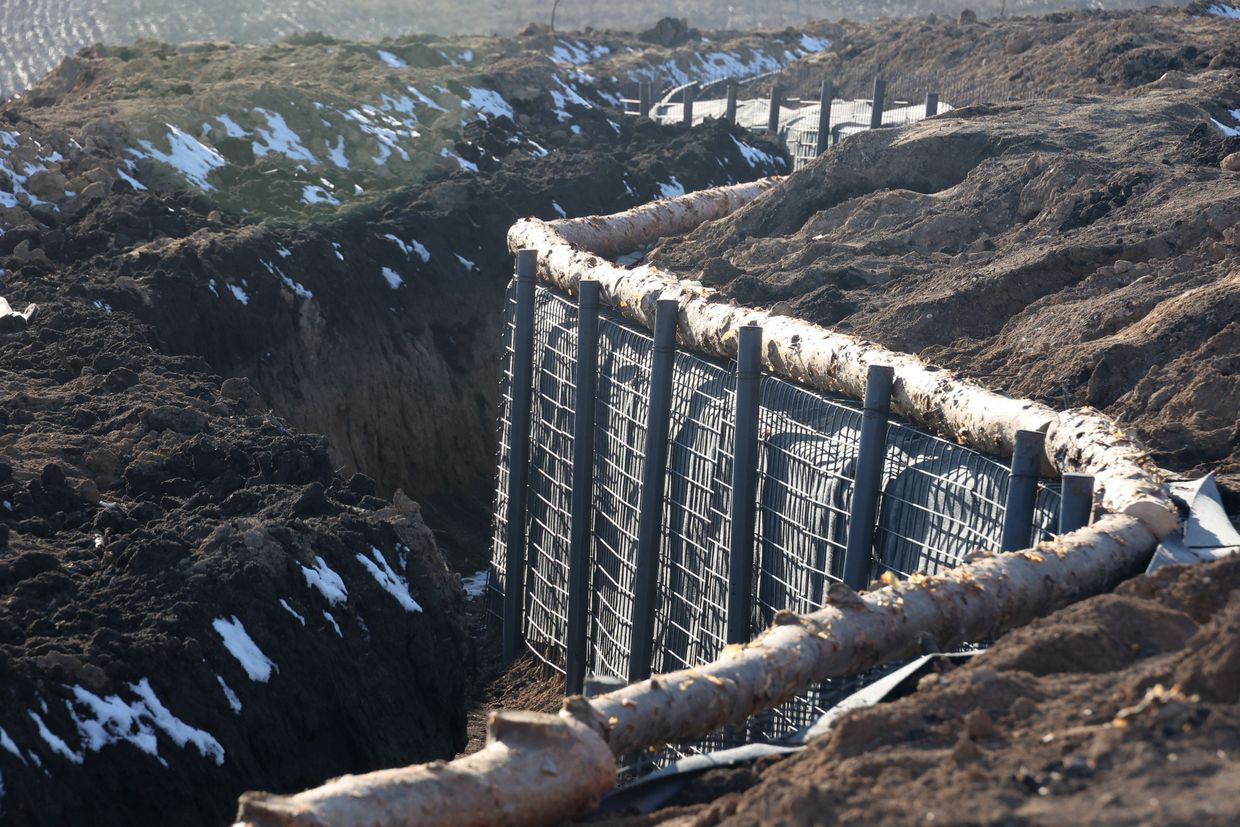
Some fortifications, particularly ones further in the rear, were likely outsourced to civilian contractors. A scandal over missing fortification funds has arisen already.
Also, both Stupak and Lee pointed out that some fortifications were built without making the best use of the terrain. This could mean they were built without military oversight and by people who didn’t think to utilize the terrain properly.
Some fortifications were also incompletely built when some of the units currently fighting in Kharkiv were deployed there, according to Stupak.
“Soldiers are calling me and telling me that they have to finish building the fortifications themselves, in the Kharkiv direction,” Stupak said. He thinks the Ukrainian government and military must review the quality of all fortifications as soon as possible.
Controversially, some landmines, particularly anti-personnel landmines were not deployed in some areas, Stupak added.
The frontmost fortifications tend to hug the border and it’s much more difficult for Ukrainian forces to build fortifications while being shelled by enemy troops.
In Ukraine, the job of building the frontmost fortifications is often left to brigades. Many brigades lack the earth-moving equipment to easily manage on their own, especially with everything else military units have to do when getting into position.
Lee said that while the experienced 57th and 92nd brigades were deployed to the area before the offensive began, they didn’t have enough time to build fortifications and adapt to the terrain to maximize their effectiveness.
Opportunistic attacks in two directions
Viktor Kevliuk, a retired Ukrainian colonel and analyst with the Center for Defense Strategy, thinks Vovchansk is the primary target in the region.
The town is just several kilometers away from the border, and is a linchpin for the defenses of the Kupiansk district in Kharkiv Oblast and it can realistically be taken by a force of that strength. Russian troops controlled 40% of it as of May 20.
But he added that the breadth of the Russian attack is the actual point. “The enemy's actions in the Kharkiv direction are aimed at launching combat operations on the widest possible front, binding the Defense Forces, forcing them to bring available reserves into operation, thereby facilitating the enemy's offensive in other directions,” he told the Kyiv Independent.
“The enemy makes two blows: the main one — on Vovchansk, the other — on Lyptsi.”
Lyptsi is much more directly dangerous as it’s closer to Kharkiv and can be used as part of a terror bombing campaign of the city.
But Emil Kastehelmi of the Finnish Black Bird Group said that in Lyptsi, Ukrainians “used depth to their advantage. They pulled out from the most difficult border villages, and are now defending in places where they can better use the terrain.”
“Ukraine has been able to significantly reduce the speed of the attack, and Russia hasn't been able to gain more than a few fields after their initial success,” he said.
“This direction has more importance, as the enemy has to be stopped between Lyptsi and Borshchova, in order to keep the city of Kharkiv from being in rocket artillery range.”
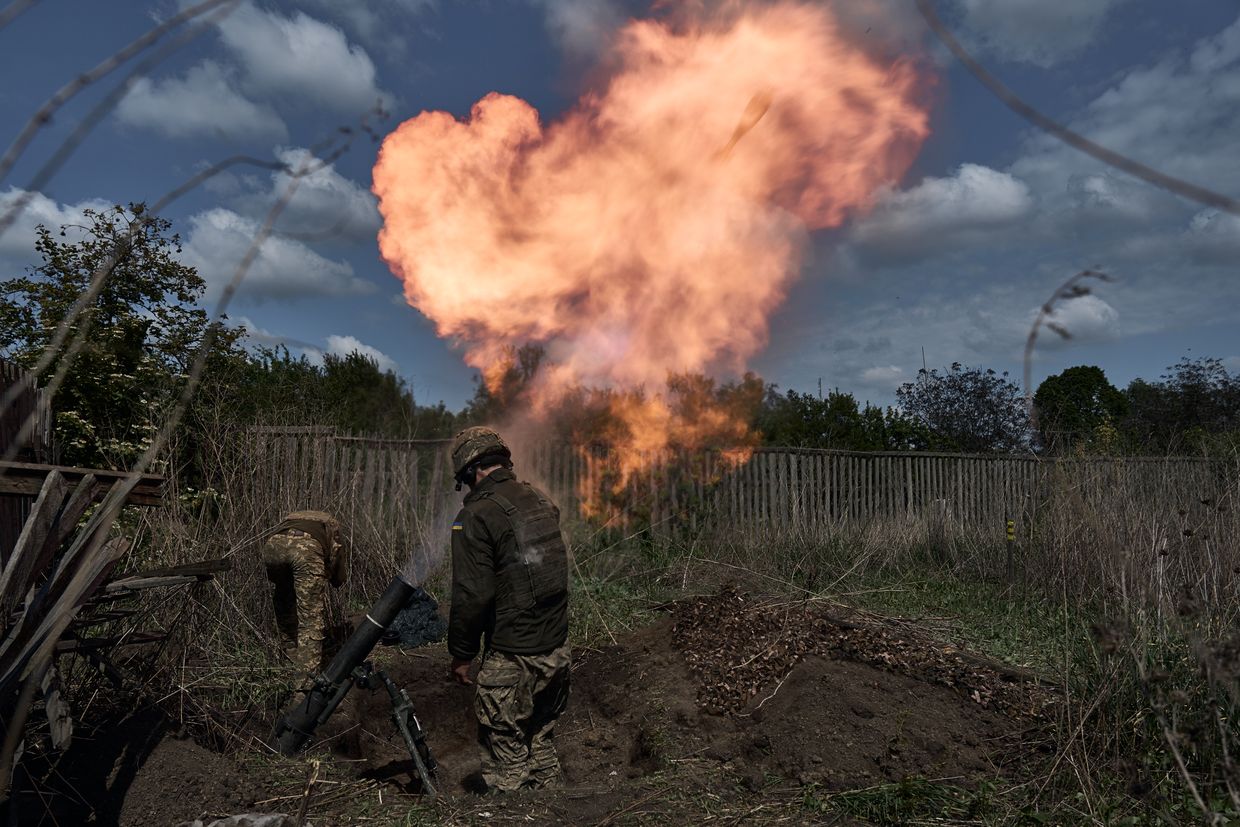
But Lee said that it’s hard to tell which direction of attack in Kharkiv outranks the other in importance. He said the Russians are attacking “opportunistically,” ready to exploit what territory they can take and chaos they can sow.
The Kremlin may also be counting on internally displaced people to create tensions in the places to which they escape, according to Stupak. Russia may also be trying to capture as much territory as it can as a bargaining chip in hypothetical future peace talks, Stupak said.
If the Russian offensive in Kharkiv Oblast stalls, its troops can quickly throw down a garrison and move the bulk of their troops to do the same thing in another region, like neighboring Sumy.
